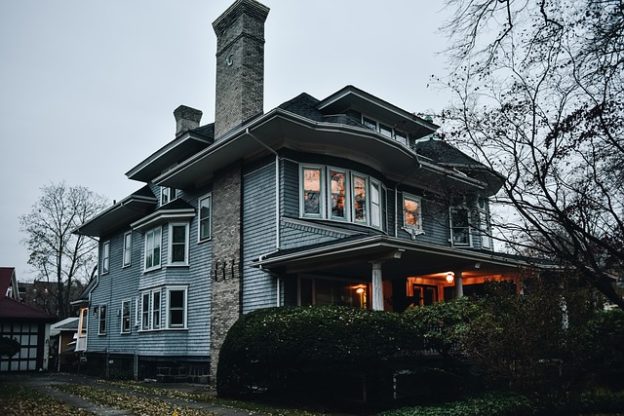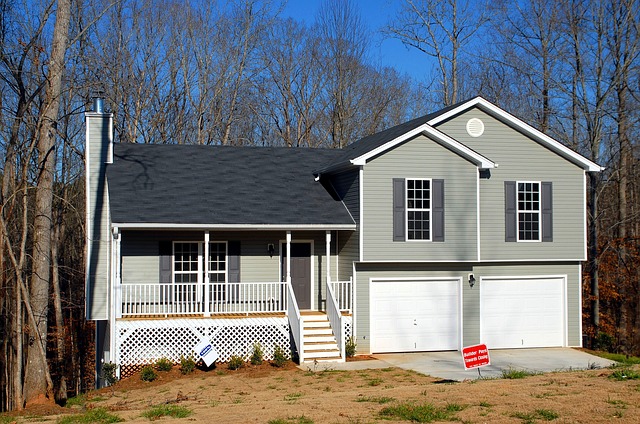While there are dozens of different strategies for investing in real estate, we’ll take a closer look at five of them. Our focus will be residential real estate.

Property Appreciation
If someone purchases a property for $500K as their primary residence in a hot market and they sell it later for $650K, then they just made a profit. This strategy is good for owners who live in a hot market and don’t want to own multiple properties. Part of the beauty of homeownership is that even your primary residence can make you money if you play your cards right.
Advantages
This strategy doesn’t involve many of the headaches reported from managing rental properties. Investors have more incentive to care for the home since it’s their primary residence. Depending on the market, the profits can be substantial.
Drawbacks
Making a profit with property appreciation is both market dependent and timing dependent. It’s also a conservative strategy in most places.
Buy-Rehab-Rent-Refinance-Repeat (BRRRR)
Investors buy distressed properties below market value and remodel them so that they are habitable for tenants. After renting for several months (and having built up equity), owners can refinance for better interest rates and to obtain enough funds to buy their next property. This strategy is good for investors who already have experience rehabbing and renting out a property, especially since inspections and appraisals will often reveal unexpected issues.
Advantages
This method takes advantage of different financing options available to leverage other people’s money for the next investment. It combines the best of multiple strategies to aim for maximum profits and a quick way to scale your real estate business with multiple properties.
Drawbacks
Buying any distressed property comes with surprises, not all of them pleasant. Investors may quickly realize the cost of repairs is more than they anticipated spending. Depending on how quickly investors add more properties, refinancing may be difficult if their debt-to-income ratio is too high.
Fix and Flip
This strategy involves buying distressed properties, refurbishing them, and then selling them at a profit. Popularized across many different HGTV shows, this strategy is good for investors who have contracting experience and a solid knowledge of their local real estate market.
Advantages
This method can maximize profits by buying the right house in the right neighborhood. It also doesn’t involve some of the problems associated with rental properties.
Drawbacks
Like the BRRRR method, buying distressed properties comes with a lot of repairs, some of which are difficult to estimate. If investors do not have contracting experience or cannot do the labor themselves, the price of rehabbing the property will be higher and cut into profits.
Long-Term Rentals
This strategy involves providing a long-term home for tenants by renting out a property over the course of several months or years. Managing a rental property involves drafting a lease, making repairs, marketing the property, screening tenants, and finding an easy way to collect rent.
Advantages
Long-term rentals have the advantage of stability; as long as your tenants pay on time, you know your mortgage will be covered. It’s also easy to add more properties once you’ve gotten the hang of your first. If your properties produce positive cash flow, you have a nice stream of passive income where you make money in your sleep.
Drawbacks
An investor’s profits are often dependent on the quality of their tenants. All it takes is one bad tenant who damages your property or doesn’t pay rent, and you could be looking at significant loses. This is why most landlords emphasize a thorough tenant screening.
Short-Term Rentals
Unlike long-term rentals, short-term rentals are usually found on sites like Airbnb or VRBO; the focus is providing vacation accommodation for people who are traveling and don’t plan on staying in the area long-term. Short-term rentals can be very profitable, but managing them involves a different mindset from most real estate investments; it’s more like working in the hospitality industry than in real estate.
Advantages
Short-term rentals are usually more profitable than long term rentals. Flexible scheduling allows owners to live in the property part of the time or choose the days in which they want renters. It’s also easy to get started by renting out a room in your home.
Drawbacks
Turnover is high, and it takes a lot of effort to return a unit to rental-ready condition. Unlike long-term rentals, short-term landlords are usually expected to pay for internet and all utilities. Apartments also generally come fully furnished at the owner’s expense. We buy ugly houses
Final Word
Investing in real estate starts with education. Learn more about your local market, which type of real estate is right for you, and how to implement different strategies. We’ll look at some more tips for getting started next week.

